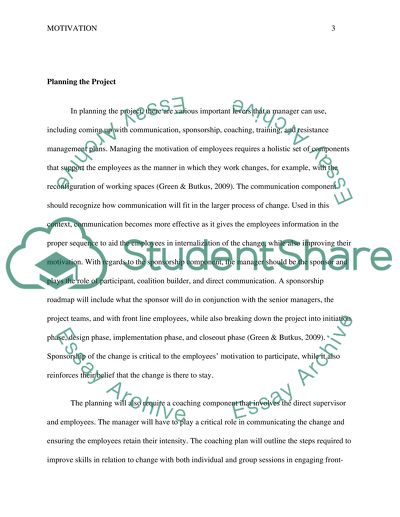Cite this document
(An Integration Program at Sambas Company Assignment, n.d.)
An Integration Program at Sambas Company Assignment. Retrieved from https://studentshare.org/human-resources/1493799-motivation
An Integration Program at Sambas Company Assignment. Retrieved from https://studentshare.org/human-resources/1493799-motivation
(An Integration Program at Sambas Company Assignment)
An Integration Program at Sambas Company Assignment. https://studentshare.org/human-resources/1493799-motivation.
An Integration Program at Sambas Company Assignment. https://studentshare.org/human-resources/1493799-motivation.
“An Integration Program at Sambas Company Assignment”, n.d. https://studentshare.org/human-resources/1493799-motivation.


